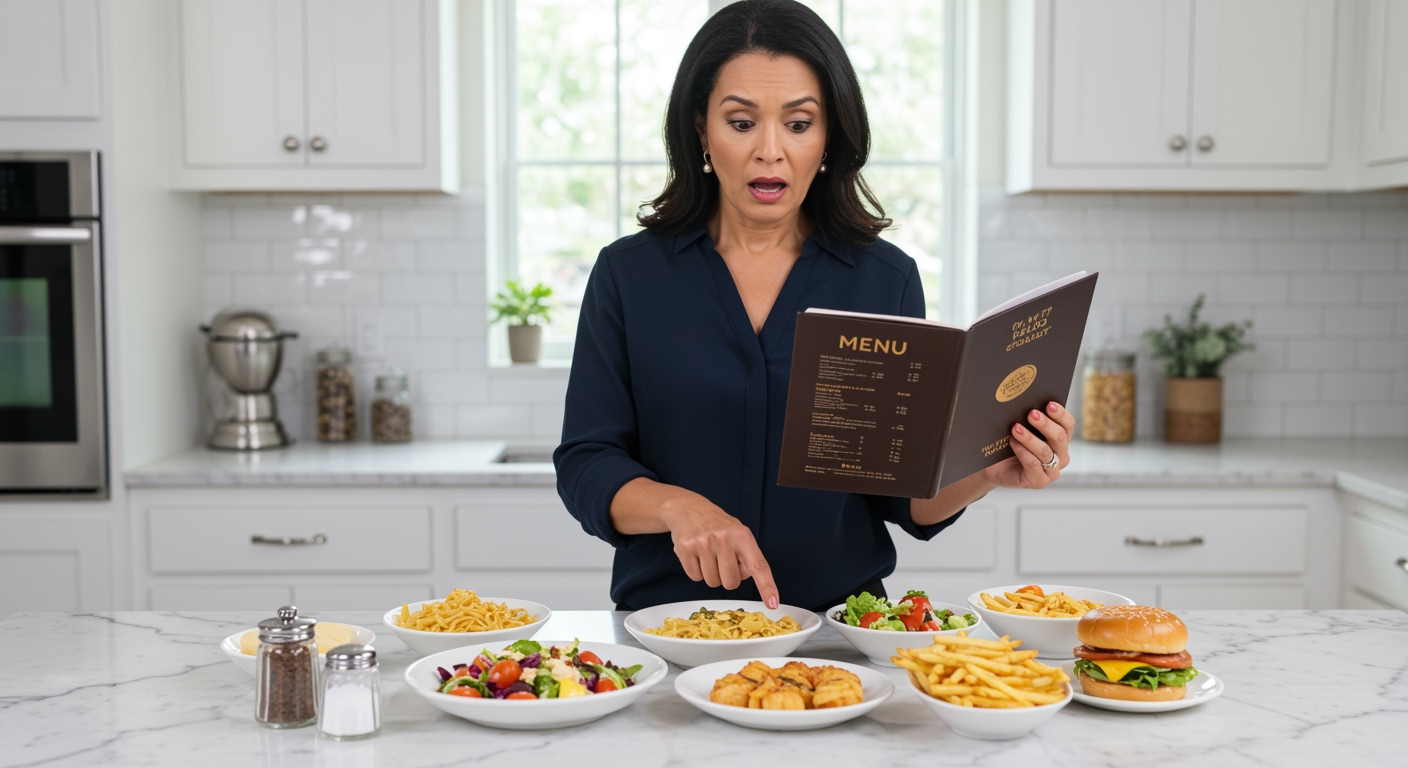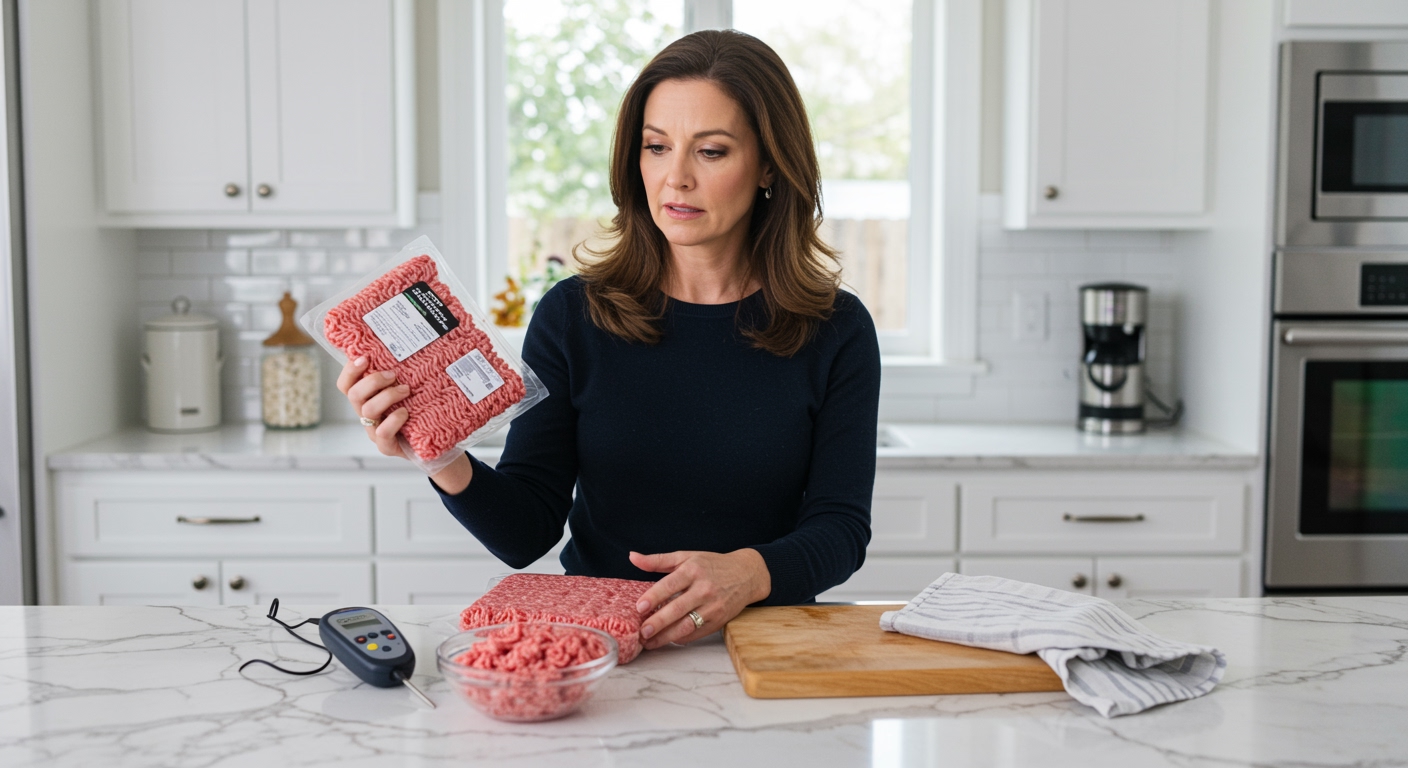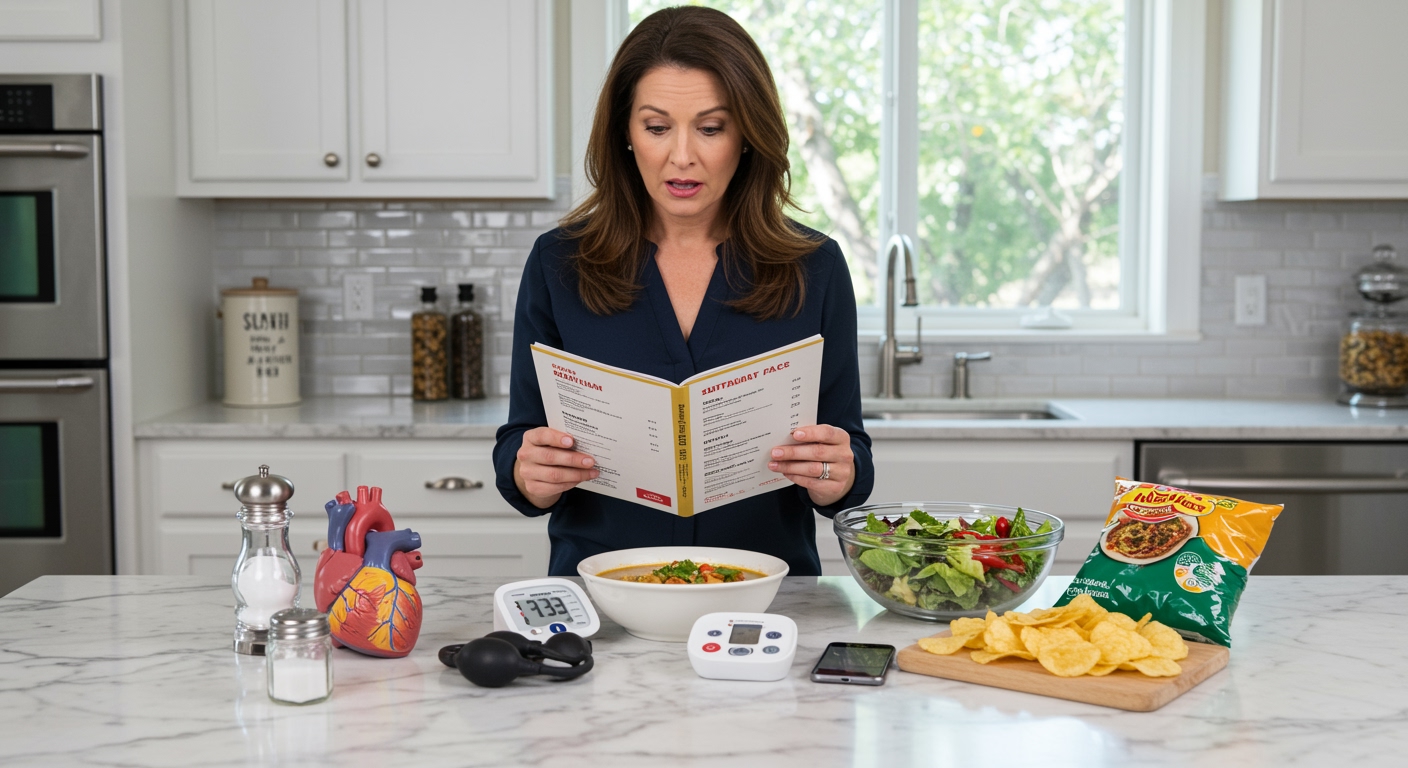✪ Key Highlight: Health experts demand restaurants display salt content on menus as hidden sodium kills thousands annually.
Introduction
Your favorite restaurant meal might be a silent killer hiding in plain sight.
Health experts across the nation are demanding that restaurants reveal the true salt content of their dishes after discovering that most meals contain dangerous levels of sodium that exceed daily limits.
Hi, I’m Abdur, your nutrition coach and today I’m going to analyze this critical development about restaurant salt transparency and why it matters for your health.
Why Are Restaurants Hiding Salt Information?
The restaurant industry has been deliberately avoiding salt disclosure requirements for years.
Current menu labeling laws only require calorie counts but completely ignore sodium content.
This means you can see that your pasta dish has 800 calories but have no idea it contains 3,200 milligrams of sodium – nearly double your daily limit.
Restaurant owners claim that displaying salt content would be costly and confusing for customers.
However, most chain restaurants already have this nutritional data available since they use standardized recipes and portion sizes.
The real reason restaurants resist salt labeling is simple: it would expose how dangerously high their sodium levels actually are.
Many popular dishes would require warning labels if current standards applied to restaurant menus the same way they apply to packaged foods.
✪ Fact: About 42 percent of restaurant menu items would need warning labels if FDA standards applied.
How Much Salt Are You Really Eating?
The numbers will shock you when you discover the true salt content of restaurant meals.
The Dietary Guidelines for Americans recommend that adults consume less than 2,300 milligrams of sodium per day.
Many restaurant dishes contain more than this amount in a single meal.
Even foods that seem healthy like salads and soups can be loaded with hidden salt.
A recent study published in the Journal of the American Medical Association found that more than 70 percent of the sodium in our diets comes from processed and restaurant foods.
This means most people are eating way more salt than they should, often without even knowing it.
Restaurant soups can contain up to 1,500 milligrams of sodium per serving, while a seemingly innocent chicken Caesar salad might pack 2,000 milligrams.
✪ Pro Tip: Always ask your server about lower-sodium options or request sauces and dressings on the side.
What Health Risks Come From Hidden Restaurant Salt?
Excess salt intake creates a cascade of health problems that can be life-threatening.
When you consume too much sodium, your body retains extra water to dilute the salt in your bloodstream.
This extra fluid increases the volume of blood flowing through your blood vessels, which raises your blood pressure.
High blood pressure forces your heart to work harder and puts extra strain on your arteries.
Over time, this increased pressure damages the delicate lining of your blood vessels and makes them more susceptible to plaque buildup.
The World Health Organization has called for urgent action to reduce sodium consumption globally because excess salt is linked to heart disease and stroke.
These conditions are among the leading causes of death worldwide, and many cases could be prevented with better sodium awareness.
✪ Note: Reducing sodium intake by just 1,000 mg daily can lower blood pressure significantly within weeks.
Which Cities Are Leading The Salt Transparency Movement?
Some progressive cities have already taken bold action to protect their residents from hidden restaurant salt.
New York City became the first major city to require warning labels on menu items that exceed the recommended daily limit for sodium.
Philadelphia followed suit with similar regulations that force restaurants to identify their saltiest dishes.
However, these rules only apply to dishes with extremely high salt levels, leaving many salty foods unmarked.
The current warning threshold is set so high that only the most egregious offenders get flagged.
A study by the Center for Science in the Public Interest found that if the threshold matched FDA standards for packaged foods, about 42 percent of restaurant menu items would need warnings.
Public health advocates argue that these city-level initiatives are just the beginning of a nationwide movement toward complete salt transparency.
✪ Fact: New York’s warning label law applies to chain restaurants with 15 or more locations nationwide.
What Do Nutrition Experts Really Think?
Leading nutrition scientists are unanimous in their support for mandatory salt labeling on restaurant menus.
Dr. Kristina Petersen, a nutrition scientist at Penn State University, argues that calories alone are not enough information for consumers.
She believes that sodium has a direct impact on blood pressure and cardiovascular health, making it just as important as calorie information.
Dr. Sonia Angell, a former New York City health commissioner, states that people deserve to know how much sodium is in their food, especially when it can have such a big impact on their health.
Professor Graham MacGregor, chairman of Action on Salt, calls it scandalous that restaurants are still not required to display salt content on menus.
He points out that excess salt is killing thousands of people every year, yet the restaurant industry continues to resist transparency measures.
These experts believe that clear labeling would not only help consumers make better choices but also encourage restaurants to reduce salt in their recipes.
✪ Pro Tip: Look for restaurants that voluntarily provide nutrition information online or through mobile apps.
The Bottom Line
Restaurant salt transparency is not just about consumer choice – it’s about saving lives.
When restaurants hide salt content, they hide the truth about what their food is doing to your body.
I encourage you to share your thoughts about restaurant salt labeling in the comments below – do you think restaurants should be required to display sodium content on their menus?
References
At NutritionCrown, we use quality and credible sources to ensure our content is accurate and trustworthy. Below are the sources referenced in creating this article:
- Center for Science in the Public Interest: How Salty is Too Salty? Look for High-Sodium Menu Items
- FDA: Menu Labeling Requirements
- NACCHO: Menu Labeling Requirements Now in Effect
- Dietary Guidelines: Dietary Guidelines for Americans 2020-2025





